
LONGINOTTI, an Italian specialist whose name has become synonymous with cement-agglomerated tiles or terrazzo tiles, will be at The Big 5 show to promote its range of hi-tech tile-producing machines that have helped revolutionise the terazzo tile industry.
“Terrazzo tiles are flat slabs of comparatively small thickness and made of stone aggregate with cement as the binding agent,” says a company spokesman.
He continues: “While the raw materials required to make these tiles are basic and found in almost every country, the technology to produce them – first developed in the 1930s – remained unchanged till the mid-90s when Longinotti introduced its MS technology.
“This pioneering technology reduced the tile’s thickness by up to half the thickness attained with traditional double-layer technology.”
Double-layer technology is simple, easy to use and is useful for certain applications such as pressing a layer of dry mix against a sight-layer of wet mix in the mould of a hydraulic press, he says.
However, the technology has its limitations as the thickness of the tiles can’t be reduced as much as to match other paving or cladding products that have been produced over the years in the market, he says.
“This limitation affected the use of the terrazzo tiles for indoor flooring – large thickness means heavy weight per unit of surface, a drawback that had caused the progressive decline in the use of the cement-agglomerated terrazzo tiles, despite their other qualities,” he says.
However, Longinotti’s new technology, launched in 1996, has helped revive the fortunes of the terrazzo tile, he says.
“Our MS technology helps mould single-layer cement-agglomerated tiles using the same raw materials and following the same mixing process of the wet sight-layer as in traditional double-layer technology,” he says.
“The original system is also used for the evacuation of excess water from the wet mix. The resulting product, using the innovative technology, showed improved structural and visual characteristics.”
“All this was achieved without making use of special additives in the mix and by retaining the traditional simplicity of the whole production process, making it manageable at any level of competence and experience,” the spokesman explains.
Four years later in 2000, Longinotti further developed the technology with the introduction of a patented application that was aimed at increasing the quality of the moulded product and the performance of the press machine. “This original application has also made it possible to mould both single-layer and double-layer tiles with the same set of moulds in the same press, thus giving the production process an unprecedented level of versatility, and allowing a tile manufacturer to easily switch from one product to the other depending on customer demand, the spokesman says.









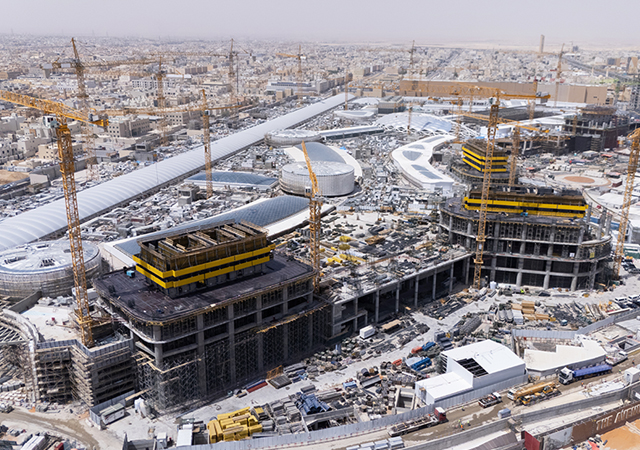
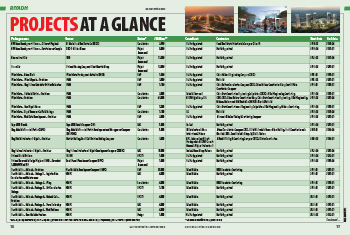
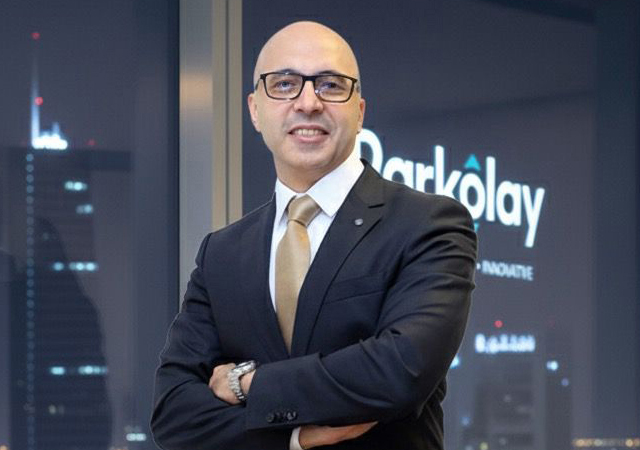




.jpg)



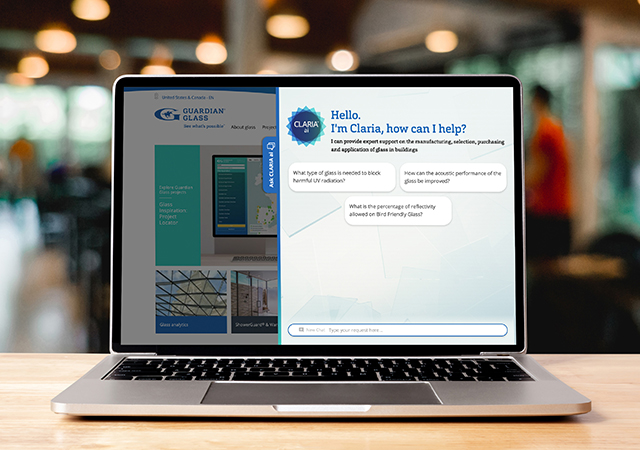

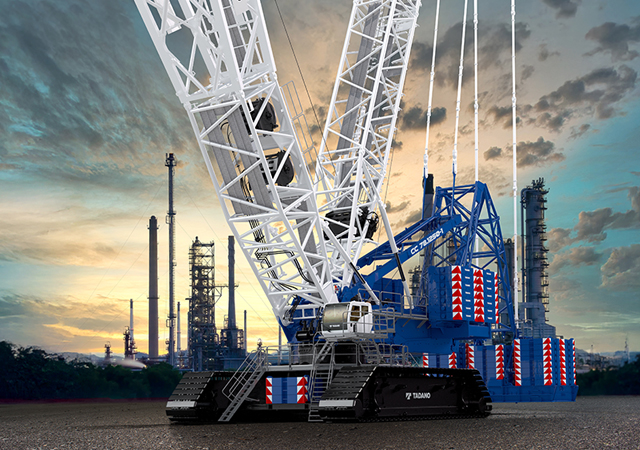
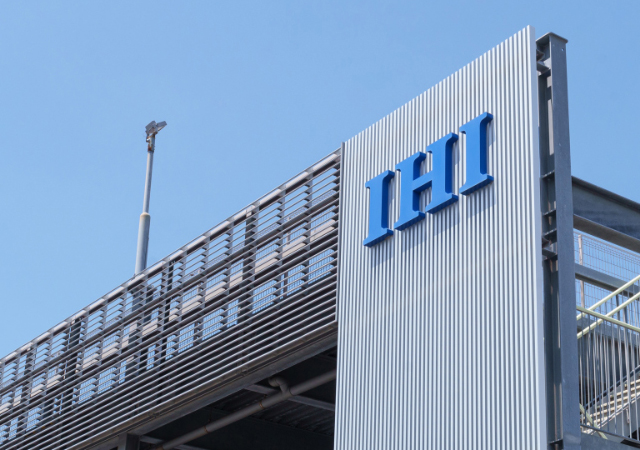
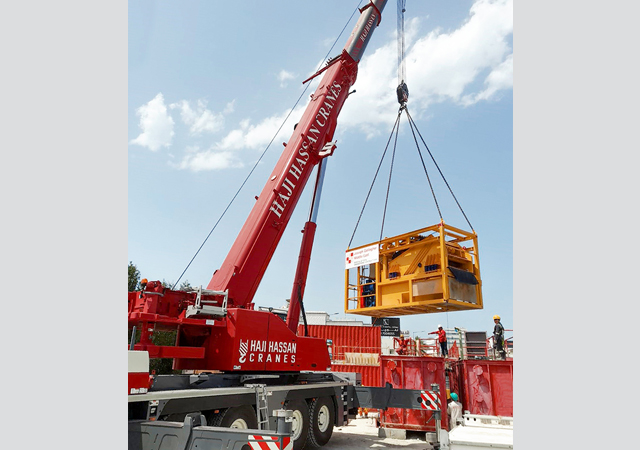
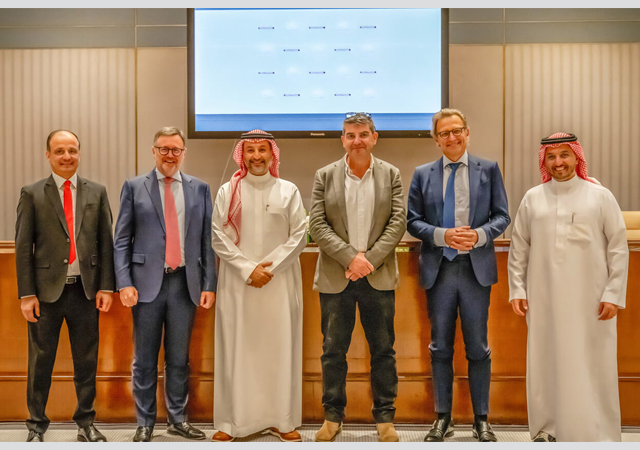

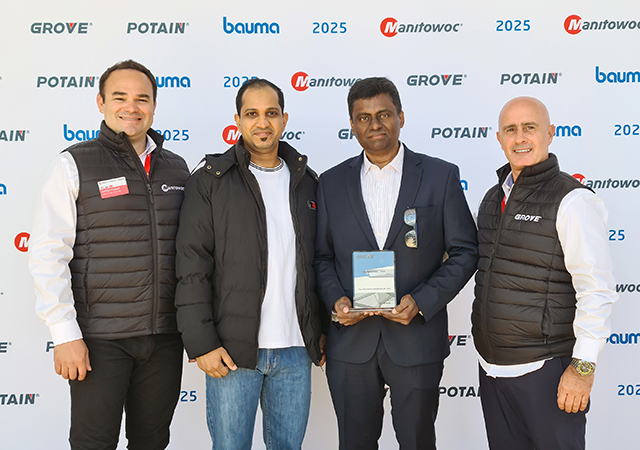
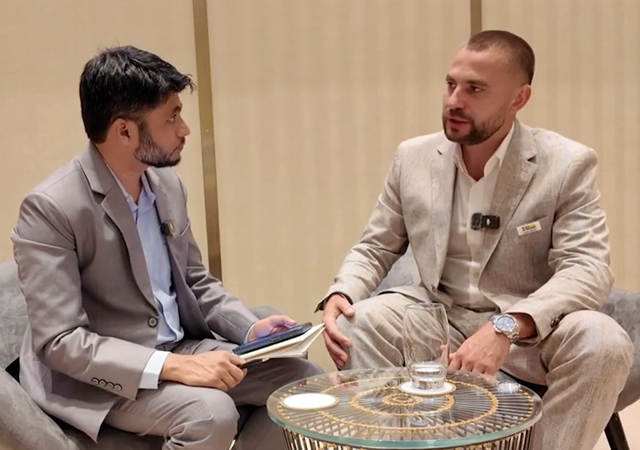
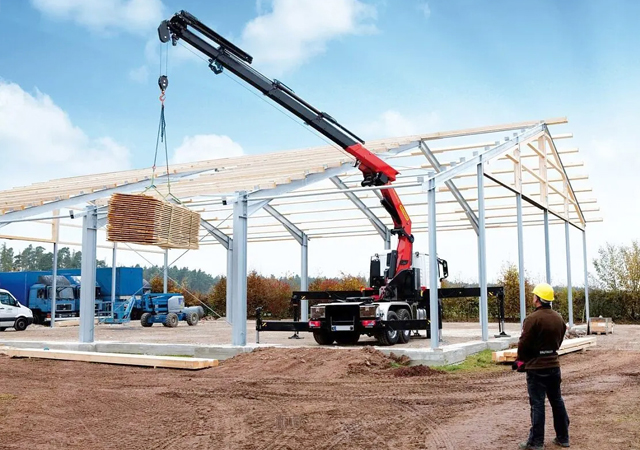
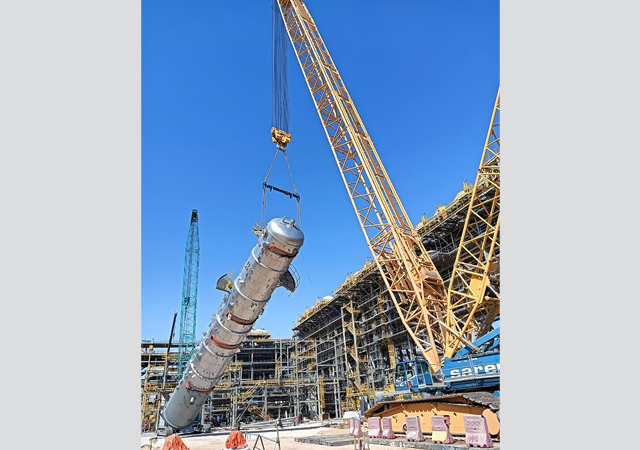
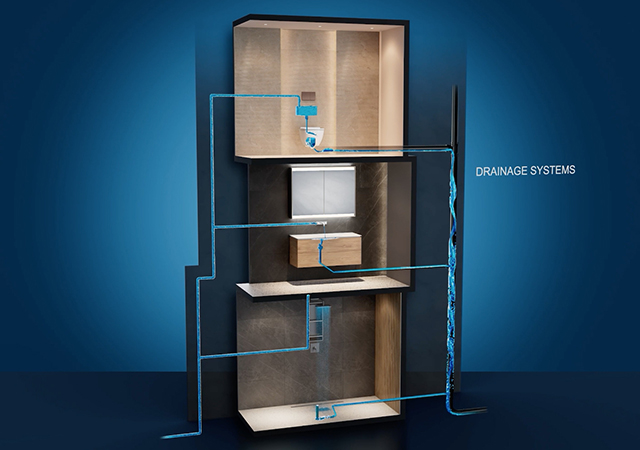
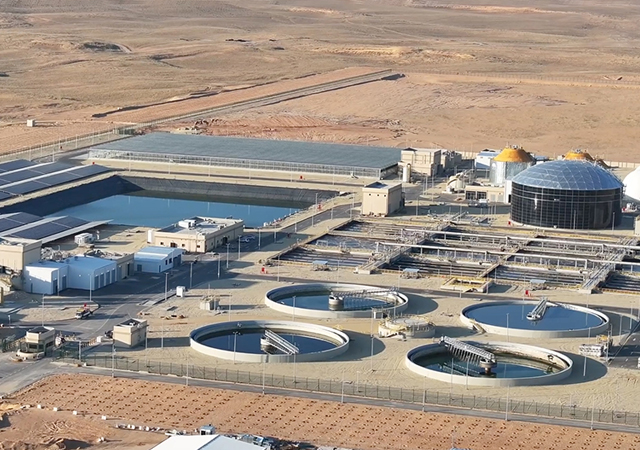



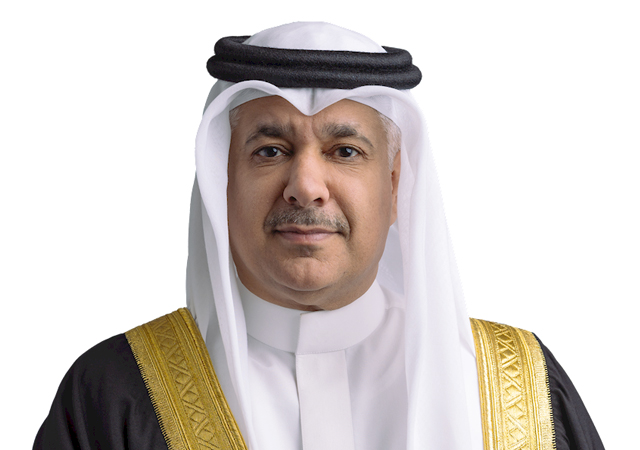
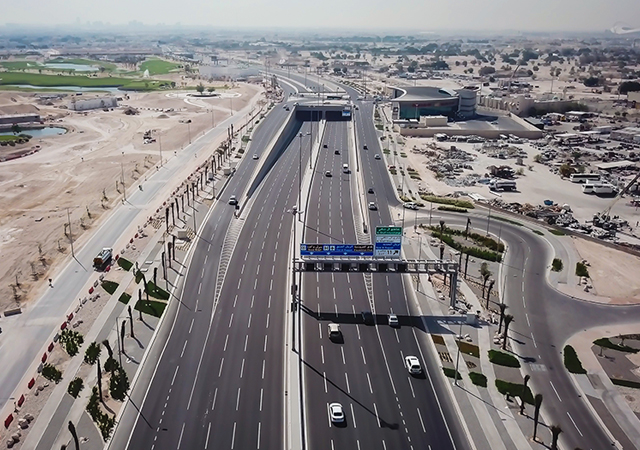
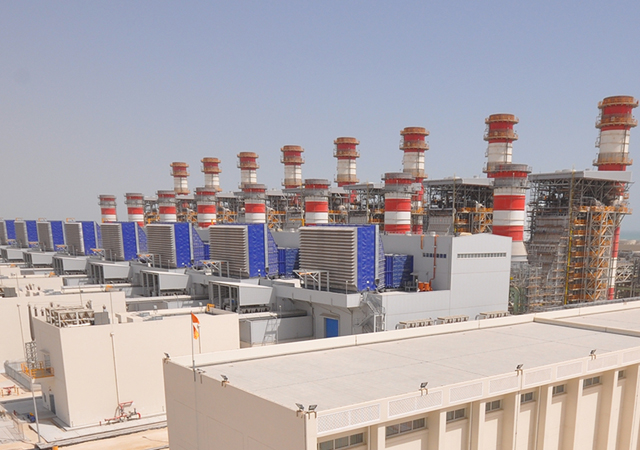
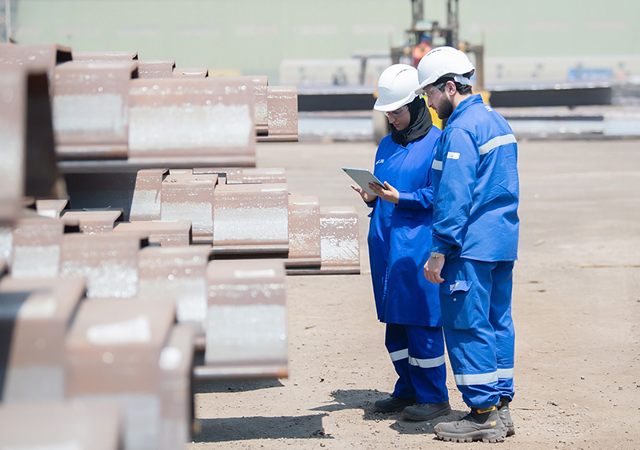


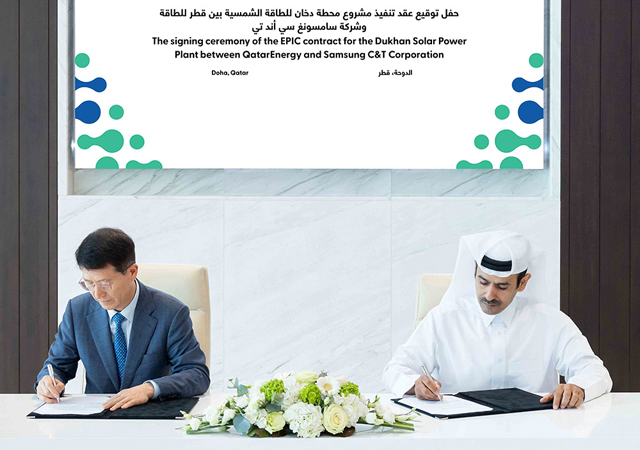
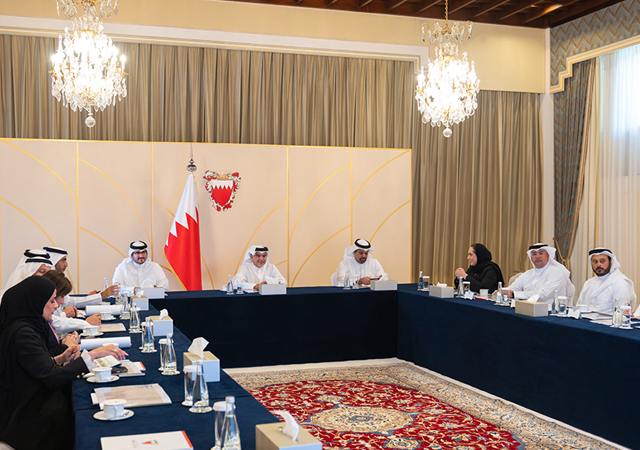

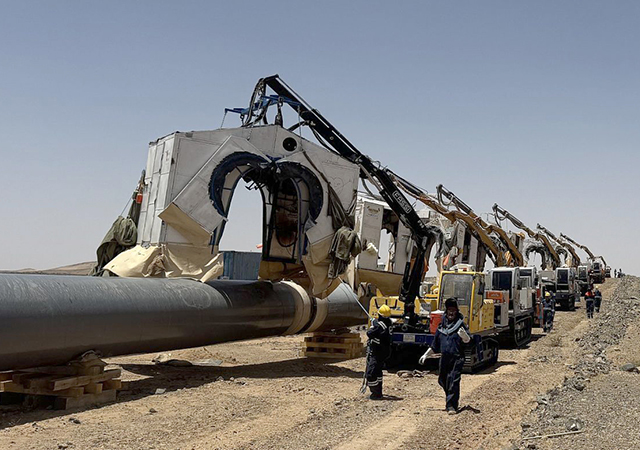

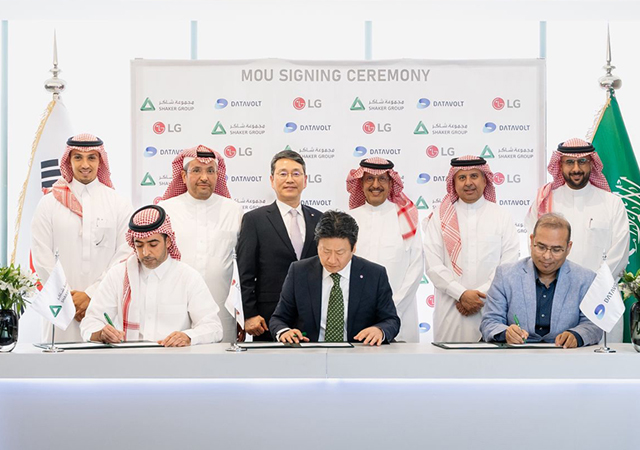
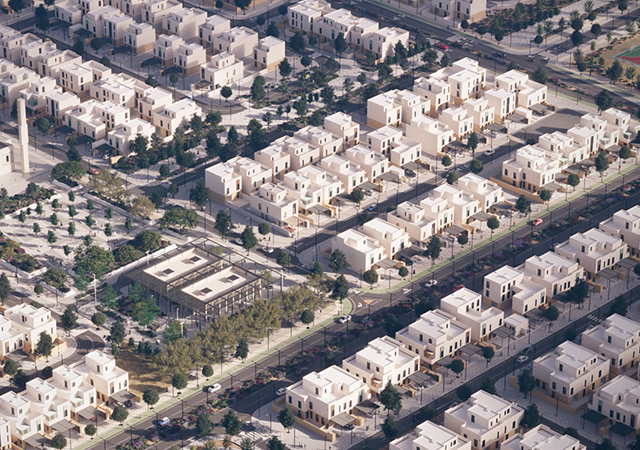
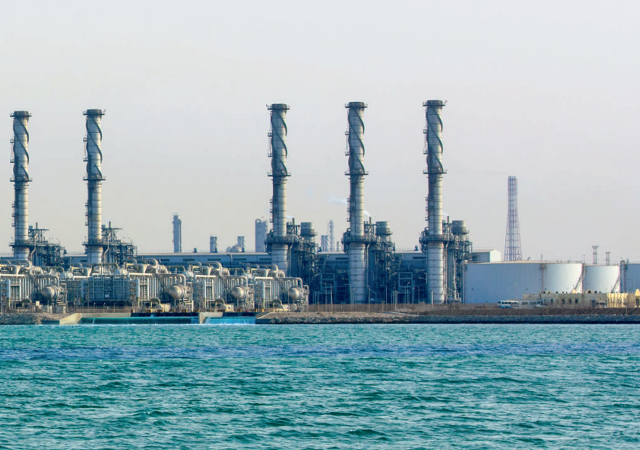

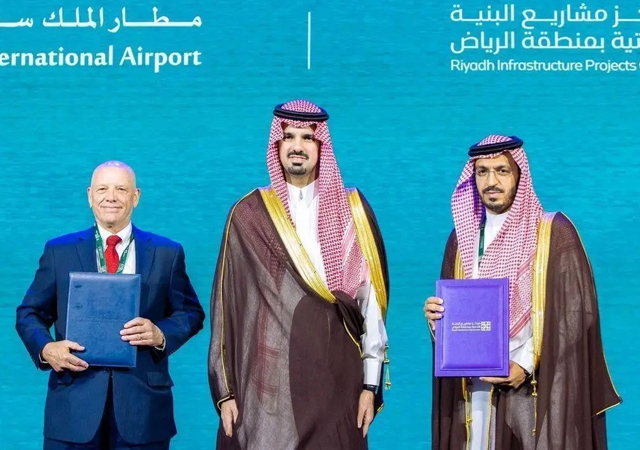
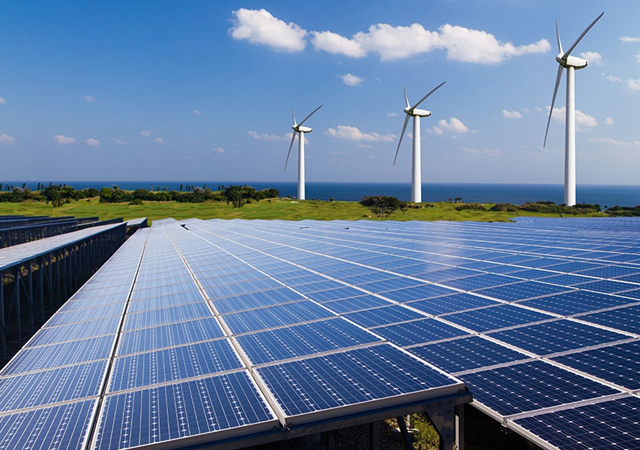
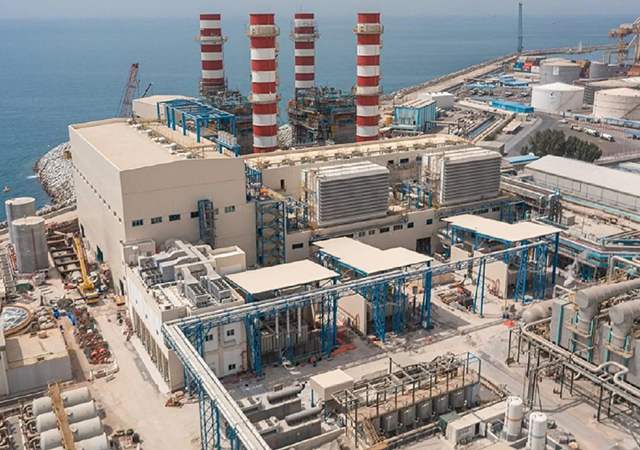
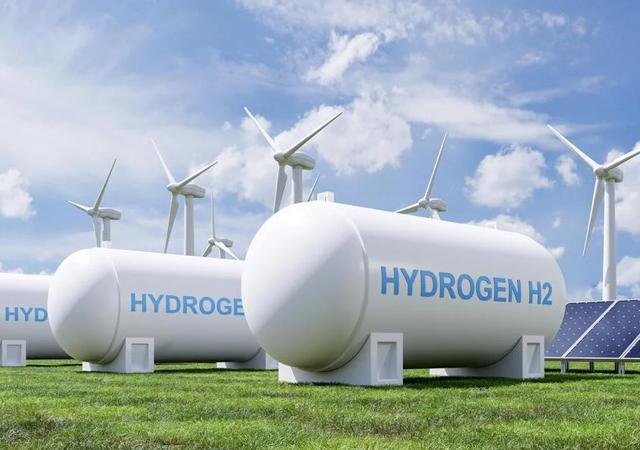


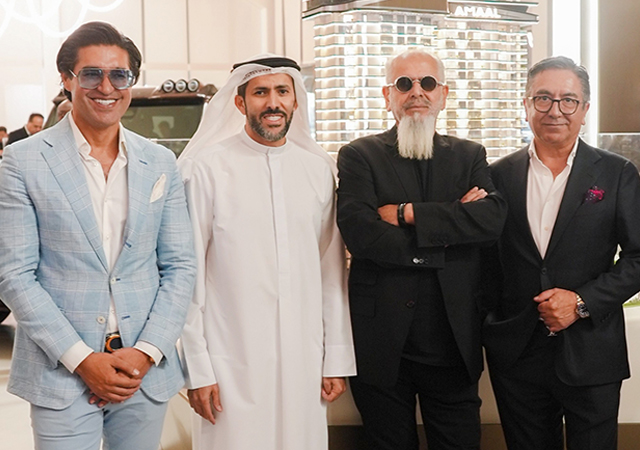
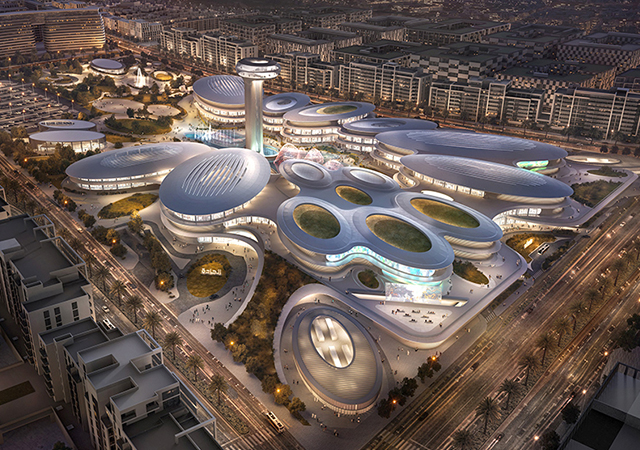
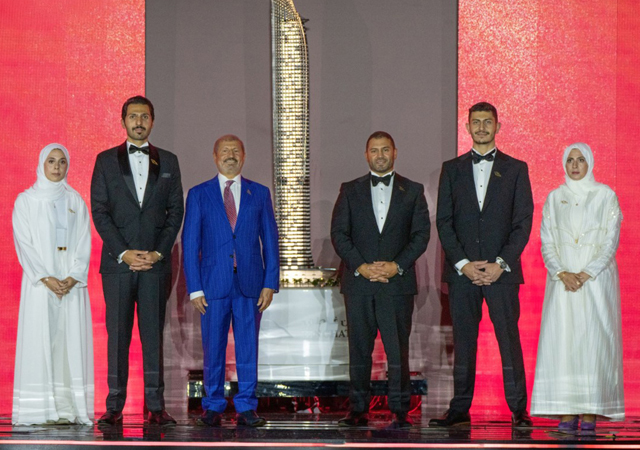
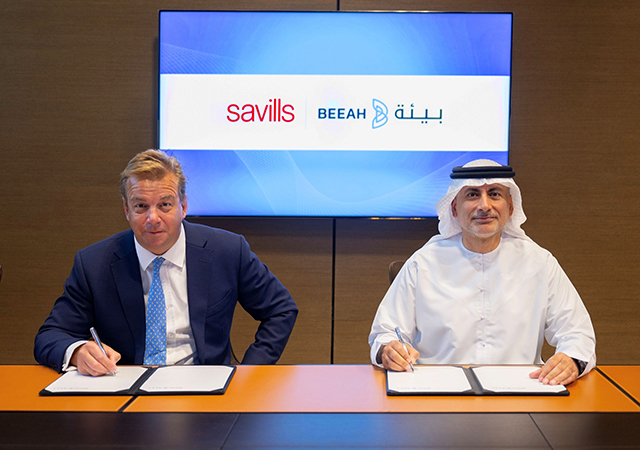




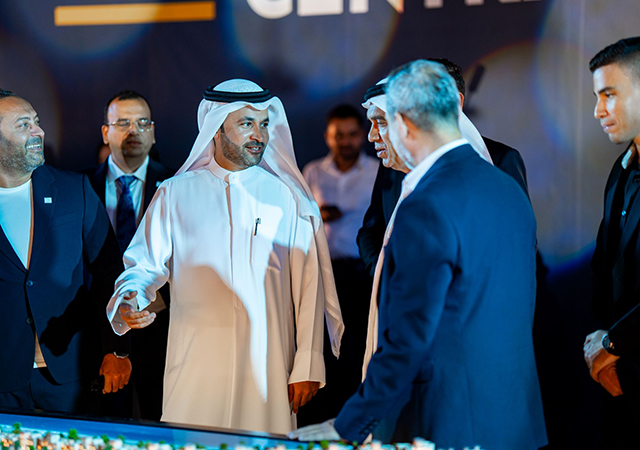
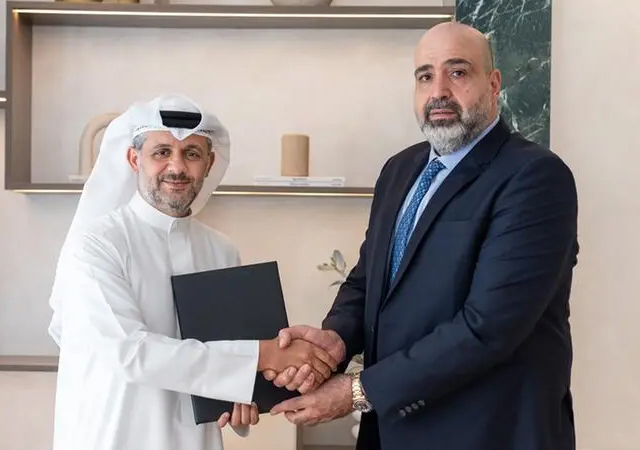


.jpg)

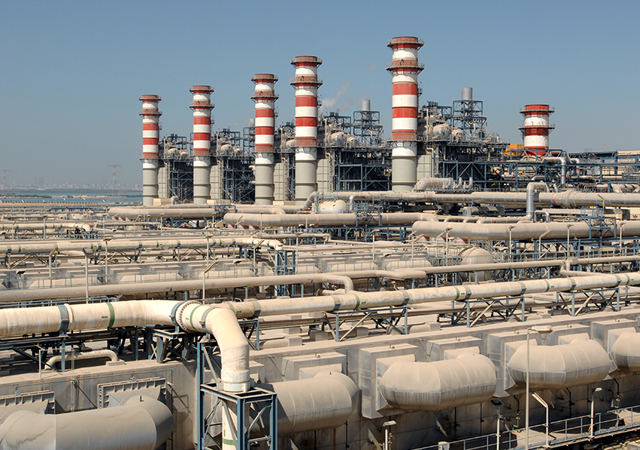

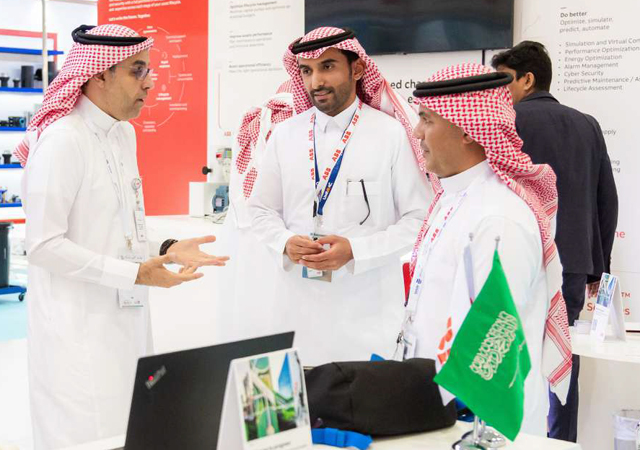
.jpg)


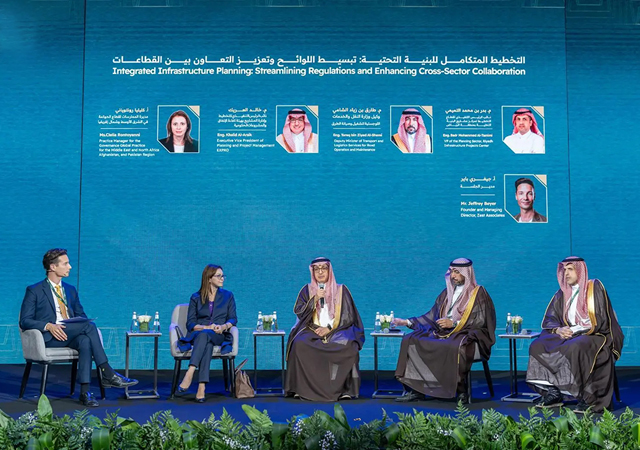
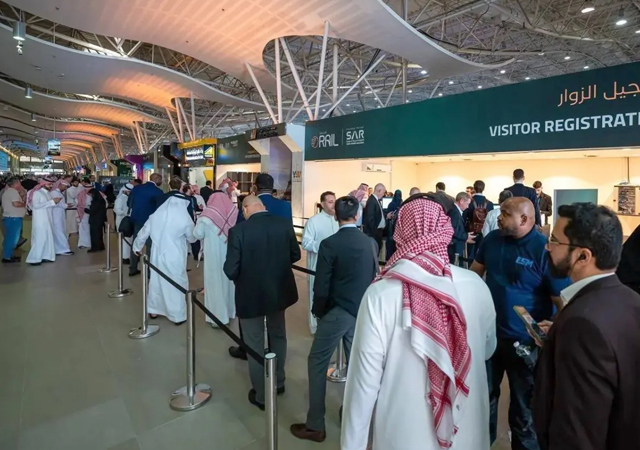














.jpg)


























.jpg)

.jpg)



